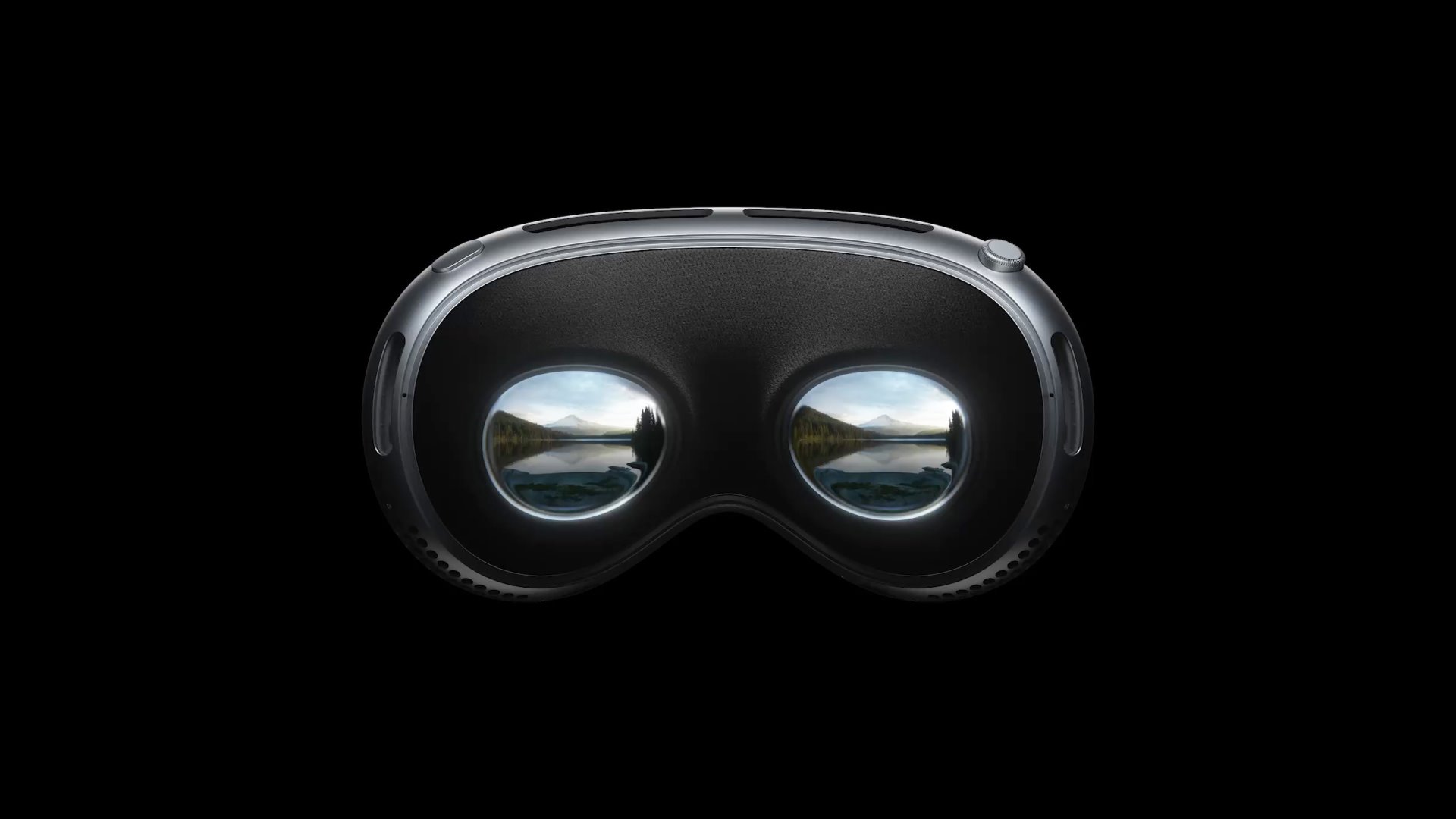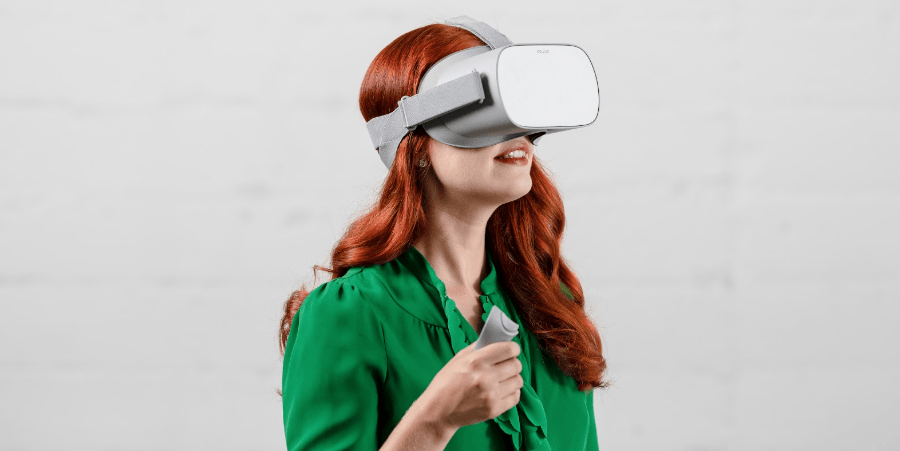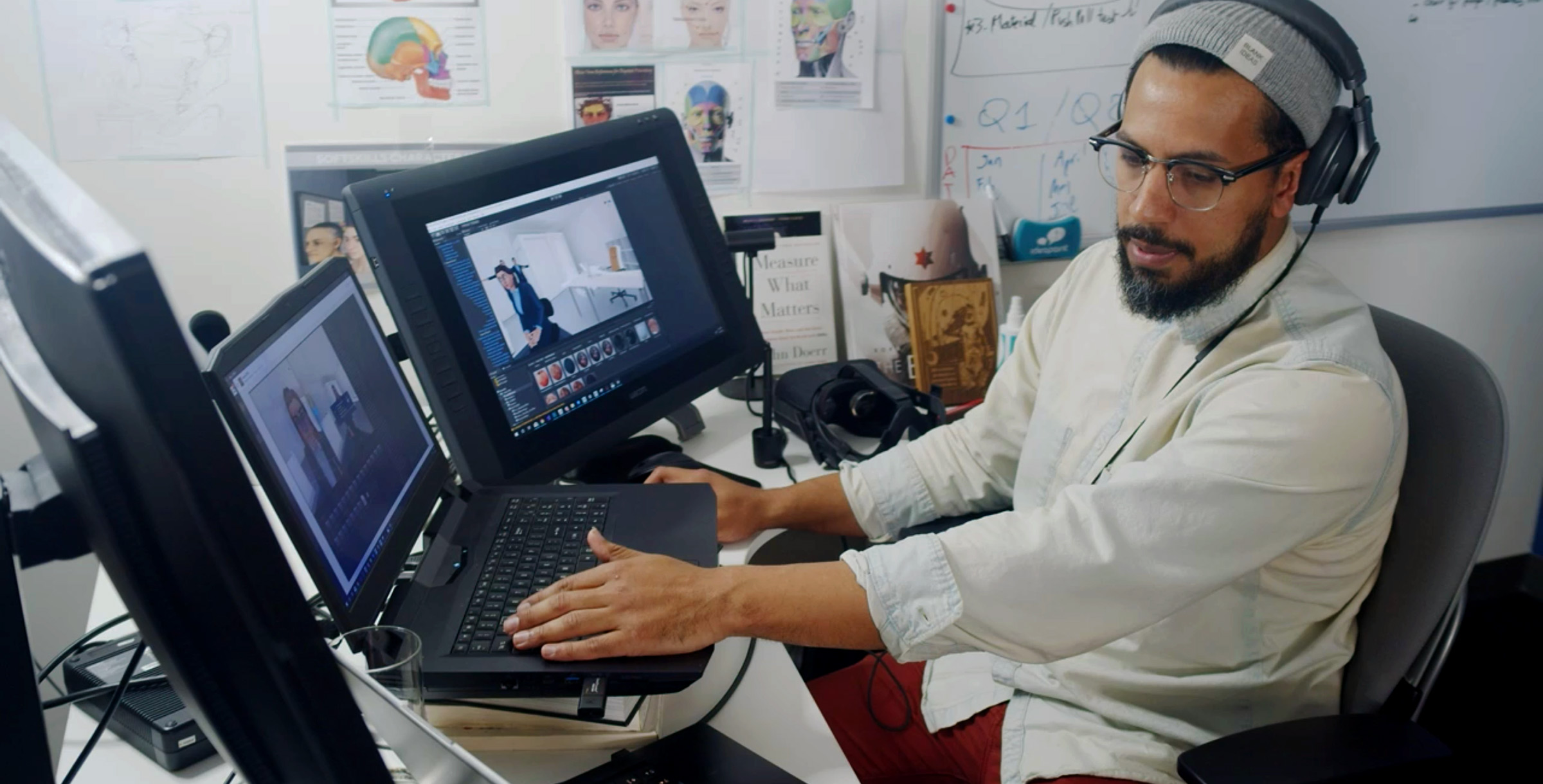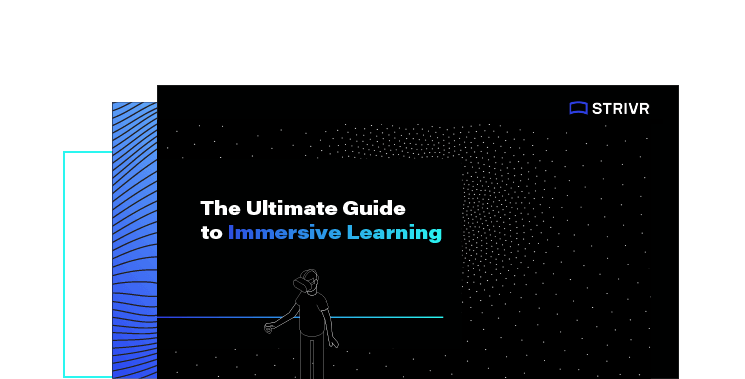George was recently featured on the Workology podcast to discuss the work he and Strivr are doing. Listen to the podcast.
As VR-based learning takes a foothold in the enterprise, it’s increasingly spanning a diverse workforce, made up of individuals with a wide range of skills, backgrounds, experience, abilities, as well as disabilities.
New opportunities depend on technology providers and content creators designing this new medium with inclusion and accessibility in mind.
In the learning and development space, the stakes are higher too. While VR games that lack accessibility options might send would-be players looking for another way to occupy their time, learning has a direct impact on job success and livelihood. It should be available and valuable for everyone no matter their background, education, and literacy level.
Immersive Learning technology democratizes the most effective kind of learning from your very best trainers. That’s because learning in VR is experiential and simulation-based so learners get the on-the-job training that is beneficial for all.
VR is an epic win for training scenarios that involve doing something.
-Jeremy Bailenson, VR expert, Co-founder of Strivr
Rather than test their reading comprehension skills, employees can use VR to experience the situations they will encounter on the job and practice handling them.
Adaptive immersive experiences for deaf and hard of hearing access
One area where Immersive Learning shows particular promise is for employees who are deaf or hard of hearing and may not be able to follow along with an instructor’s speech during on-the-job training. Sign language interpretation and real-time captioning services can be difficult to schedule, costly, and sometimes unavailable.
VR places employees into real-world scenarios with adaptive environments that overlay closed captions for speech, and visual or haptic cues for sounds in space. As some of the first deaf and hard of hearing employees gain access to Immersive Learning, we’re encountering unique considerations like how captions should behave as the learner moves their head and how to prevent visuals and captions from competing for the learner’s attention in a fully immersive scene.
In the future, we expect immersive technology to mature enough to overlay captions into the real world to enhance on-the-job training.
How Strivr is contributing to immersive accessibility
At Strivr, our mission is to elevate performance through immersive experience. For everyone, including those with disabilities. We’re already working with customers and industry groups to make our Immersive Learning products accessible to the diversity of our users, and we aim to go further by driving the industry and the medium forward.
We’re embracing inclusive design and developing our own guidelines for immersive accessibility. This means putting research into practice with our customers. We are working with real employees to develop and evaluate accessibility solutions in the context of real training. For example, we’re exploring and developing best practices around immersive captioning, target and button sizes, and more. We’re already rolling out immersive closed captions to deaf and hard of hearing employees at one of our largest enterprise customers. As we gather data and insights, we’re looking forward to sharing what we learn.
We joined industry, academic, and policy leaders at the inaugural XR Access Symposium in 2019 and continue to contribute to working groups. We’re contributing to W3C Immersive Captions community group to set a standard for closed captioning in immersive experiences.
You too can play a role
If you’re new to accessibility, where should you start?
While immersive accessibility is in its infancy, software accessibility in general has decades of research and practice behind it. Many things we’ve learned through creating accessible flat software and content applies to immersive as well. The W3C Web Accessibility Content Guidelines are a great place to start. Learn about inclusive design too; Microsoft’s inclusive design toolkits are one solid resource. Start considering how your design decisions might exclude certain users, and how other decisions could broaden your reach.
Now that you know some things, get involved!
If you’re in the immersive technology space, join the XR Access Initiative. Have an early seat at the table to make this fundamentally differentiated technology a fundamentally accessible technology.
If you’re in the HR, learning, or accessibility space, consider lending your expertise to accessibility research and accessible product development.
At Strivr, we’re looking for individuals and organizations to help us research and evaluate the accessibility of our products. Reach out to us directly at info@strivr.com and mention this accessibility blog.
Virtual Reality is exciting, inspiring, empowering. Let’s make it so for everyone.






